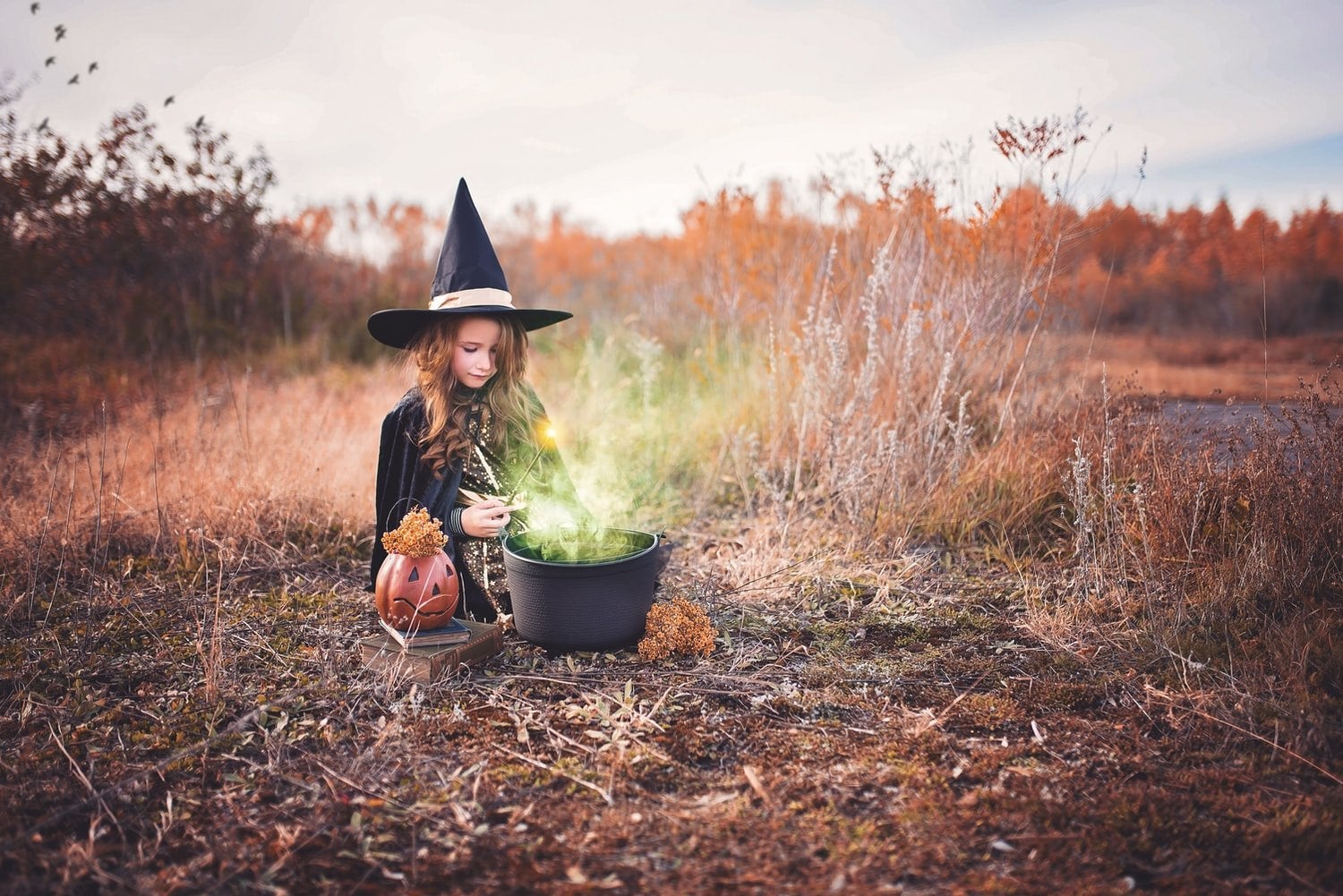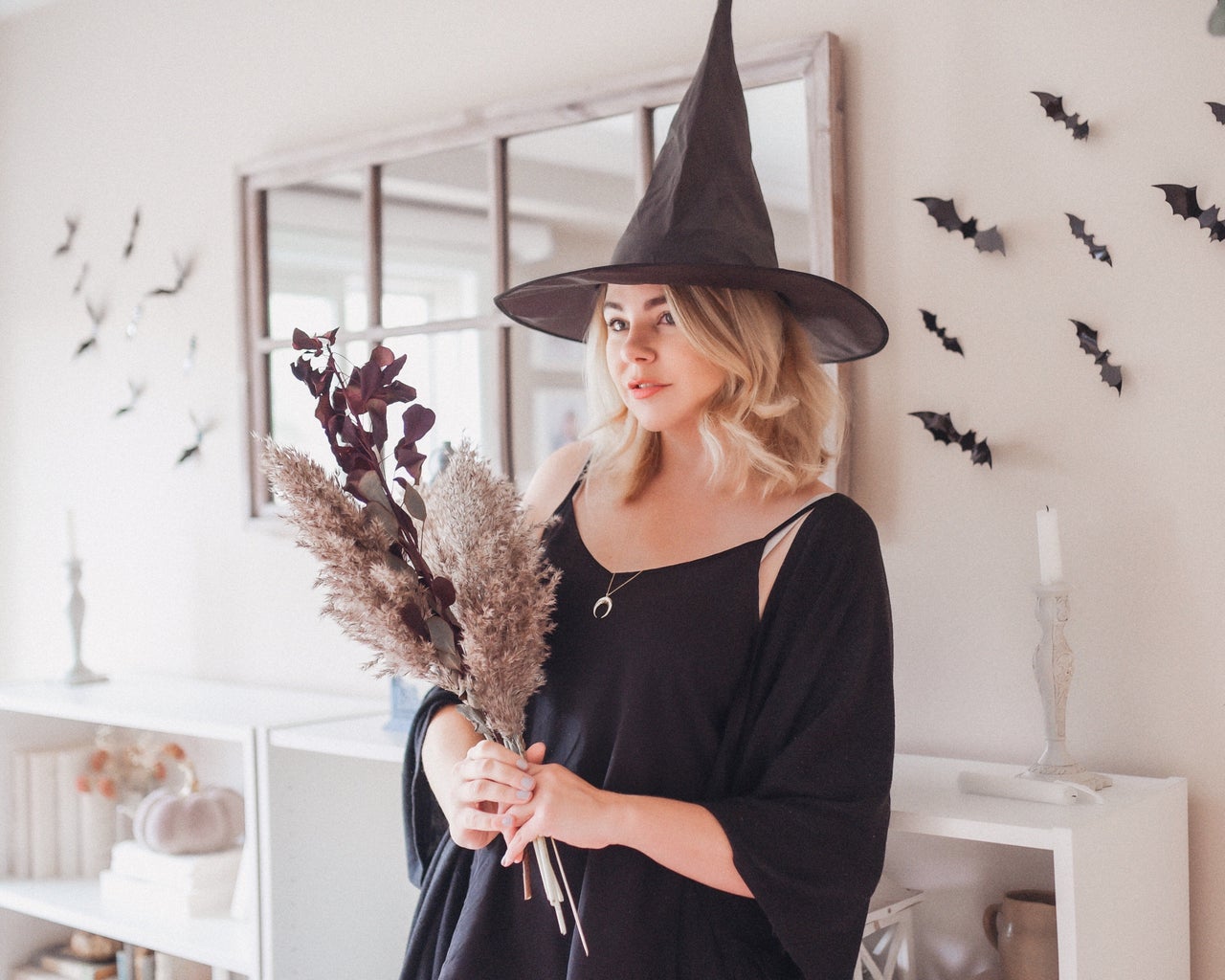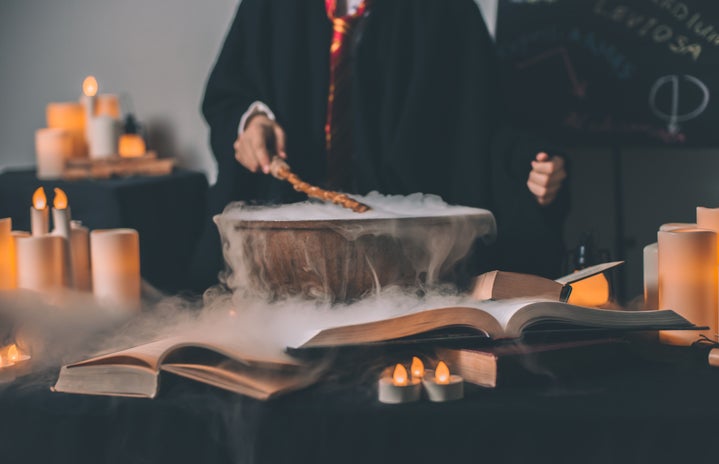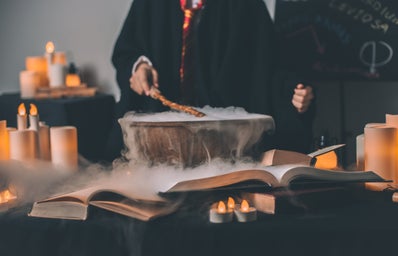Let’s do a quick little experiment. Consider the following questions:
Are you a divorced woman? Are you a woman who practices (or wants to practice) medicine? Are you a woman who is skilled in mathematics? Are you widowed? An elderly woman? Are you often called argumentative? Do you stand up for what is right, even if the majority is against you?
If you answered yes to any of the above questions, there is a good chance that you would be accused of witchcraft if you lived in 1692 Salem, Massachusetts.
Although today’s witches (both real and fictional) are a force to be reckoned with, it wasn’t always this way. Throughout history, witches have been a scapegoat for femininity—but not anymore.

Witchcraft has roots tracing back even to B.C.E. But one of the most well-known instances of witchcraft in the Western world is actually not as long ago as we think: that of the Salem Witch Trials. A series of legal hearings in which more than 200 people were accused of witchcraft, the trials occurred during 1692 and 1693. While an apology was issued by Judge Sewall, the man who oversaw many of the trials, not much else was done. This historic event planted seeds in the Western world—implying that witchcraft was dangerous, and namely that empowered women were dangerous.
These beliefs seeped into the media over time, bringing us characters such as the witches from Hansel and Gretel, Snow White, and Sleeping Beauty. The witches in these stories are all single women who are more assertive than the other females in their stories. When women like this were portrayed as villains and shown in a negative light, it discouraged these traits in the women who engaged with the stories.

All of the aforementioned witches are portrayed as older, well-spoken, and powerful. Those three words can describe many amazing women as well, though. It didn’t take long for women to realize that.
Over time, the media began to shift its representation of witches. Characters like Sabrina the Teenage Witch, Hermione Granger, and Glinda the Good Witch rose to the spotlight. Little girls donned pointed hats at Halloween, teenagers idolized their favorite magical fictional characters, and women seized the opportunity to make witchcraft empowering.
That isn’t all, though. There are actually real witches out there—just not the kind that fatten you up to eat you later. Many women who identify as witches are practitioners of Wicca—a modern pagan-based religion that is estimated to have over a million practitioners in the United States alone. There are many different people who identify as witches who aren’t Wiccan, and vice versa. Witches, regardless of their religious affiliation or identity, each have their own way of practicing. This freedom is something that women who came before us didn’t always have.
Even if you aren’t actively practicing magic, that doesn’t mean you can’t embrace your inner witch. According to researchers, those accused of witchcraft in Salem are estimated to have over 100 million descendants. Odds are, if you aren’t related to a Salem “witch”, you know someone who is. Grab your broom, and get your witch on!


